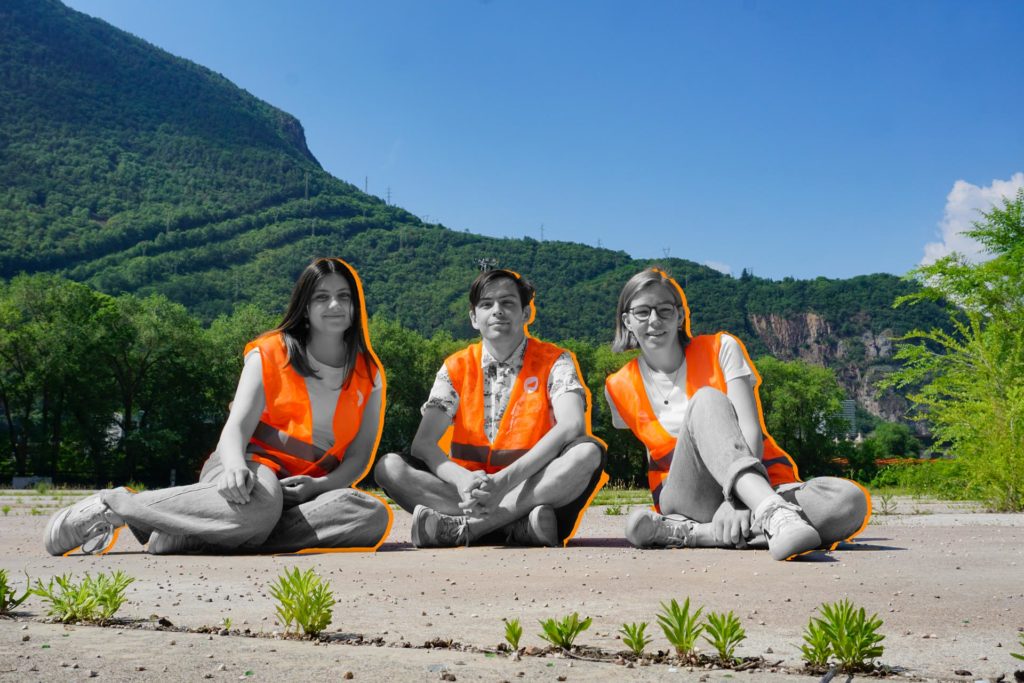What is a public space?
A Public Space is an area that is publicly owned or operated. It is designed to be open, accessible and available for use by the general public, regardless of socio-economic or cultural background. It is intended to be inclusive, inviting, and open to all members of the community. Public Spaces can be indoors or outdoors and may serve a variety of purposes, such as recreational, social, cultural, or civic activities. Public spaces often provide opportunities for people to interact, gather, and engage in community activities.
Public Spaces can be:

Plazas and Squares

Streets and Sidewalks

Parks and Gardens

Libraries and Museums

Community Centres
Political Potential of Public space
Public spaces are more than just physical locations; they are the reflections of our shared history and embody the values that define our society. These spaces serve as the backdrop to our daily lives, making our everyday relationships visible. They can foster a deep emotional connection with our surroundings that can be a powerful motivator for positive action. The synergy between social networks and public spaces mutually reinforces one another, giving the possibility to create vibrant communities. Urban planning therefore needs to be focussing on designing inclusive, democratic spaces that promote diversity, inclusion, and equity for all. The benefits of well-designed public spaces ripple far beyond aesthetics, positively impacting public health, the environment, and the local economy. It’s a reminder that the political potential of public space goes beyond bricks and asphalt – it’s about creating a better, more connected world for everyone.
„one thing is, [that] you have access to the city, you can go there, but another thing is, do you feel invited, do you truly feel included there, do you feel like that’s a space for you.”
Bianca Hermansen
University Background
The conversation about the area behind the train station got jumpstarted again by the semester project of Áron Lőrincz, Maria Summavielle and Marielle Scharfenberg from the Master Eco-Social Design of the Free University of Bolzano.
How can we start the process that enables citizens to take back abandoned places and generate multifunctional, open spaces that they enjoy being in?

